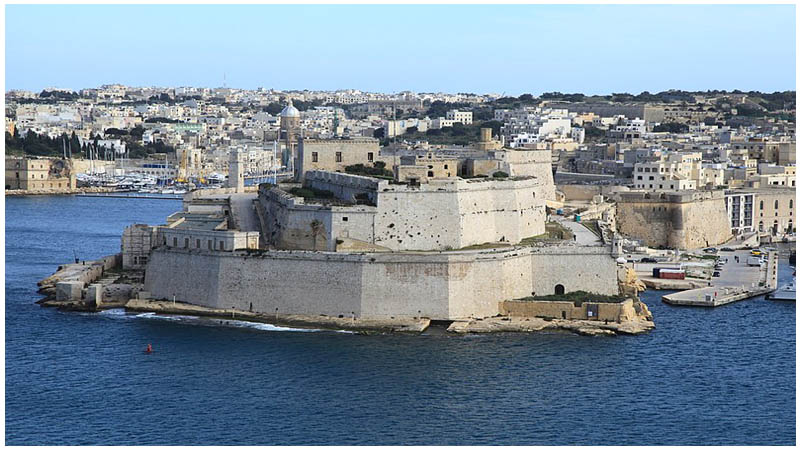Fort St. Angelo lies at the heart of the Port of Valletta in the city of Birgu, Malta. No one can pinpoint the exact date when it was constructed. Some scholars have found reference to a temple that was dedicated to the Roman Goddess Juno, which stood close to where this fort now stands.
Others believe that it was erected by the Arabs in 870 AD. In The Book of the Fragrant Garden, it is mentioned that the Arabs erected a fortress, but no mention is made as to whether or not the fort was constructed in Birgu.
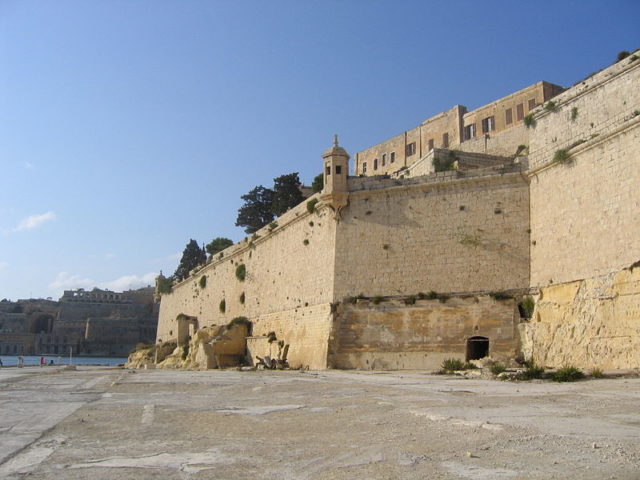
Most scholars theorize that the fort was created in the late Medieval period. A document created during the 1240s mentions a ‘Castrum Maris’ – a castle by the sea.
Another set of documents made during the mid-to-late 13th century also mention a castle that stood by the sea as having a garrison of around 150 men.
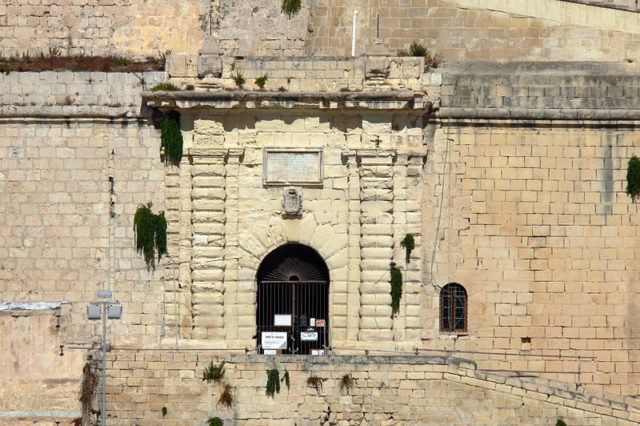
In 1283, Malta fell under the rule of Aragonese monarchs. It is recorded that under the rule of the Capetian House of Anjou, the castle managed to push out invaders for some time while the rest of Malta was already conquered. Nonetheless, the castle fell and became a property of the de Nava Family, who then resided there.
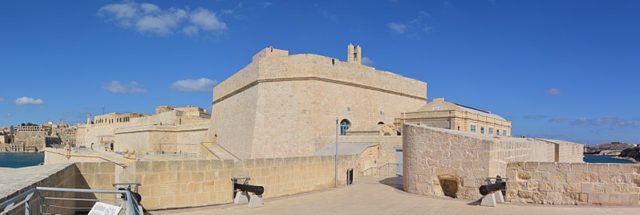
In 1530, the Order of Knights of the Hospital of Saint John of Jerusalem, also known as the Knights Hospitalier, made their way to Malta, settling in Birgu. The fort had been neglected over the centuries and a great proportion of it stood in ruins. The Order carried out repairs to the fortress, as it was to become the seat of the Grand Master.
The repairs included the renovation of the church of St. Anne. They also strengthened the fort’s walls and added a moat. In 1536, the order erected the D’Homedes Bastion, and a decade later De Guirial Battery was built which overlooked the sea and protected the entrance to Dockyard Creek.
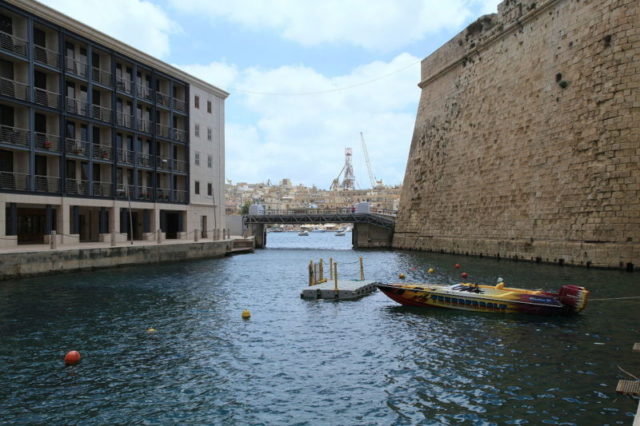
When the Turks arrived during the Great Siege of Malta, they stood no chance against Fort St. Angelo. After the siege, the Knights of Malta built the city of Valletta, where they created their administrative center.
At the end of the 17th century, the fort underwent a major renovation under the direction of Carlos de Grunenbergh, a military engineer and member of the Order of St. John. Four gun batteries were added during this period.
Over the following decades the fort received a number of other additions, and by the end of the 18th century it accommodated 80 guns.
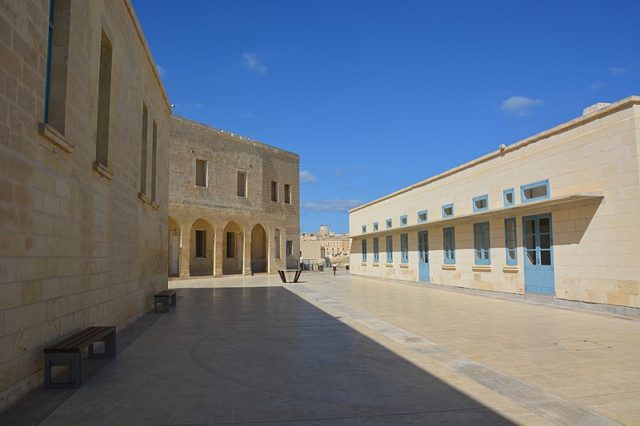
In the mid-1900s, the fort was renamed HMS Angelo and was once more put to the test when World War II began. During this period, it managed to withstand 69 direct bomb hits. In 1979, the fort was signed over to the government of Malta. It was neglected and soon fell into disrepair.
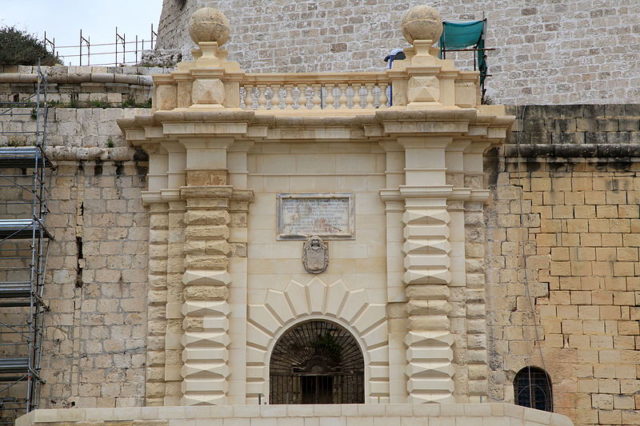
But all was not lost for Fort St. Angelo. In 2012, €13.4 million was allocated for its renovation: a project that lasted until 2015. The fort is currently in excellent condition and attracts people from far and wide.
There have been reports of encounters with the legendary ghostly figure known as the Gray Lady; described for the first time during the 1900s, this ghost is reported to be exceedingly vulgar.
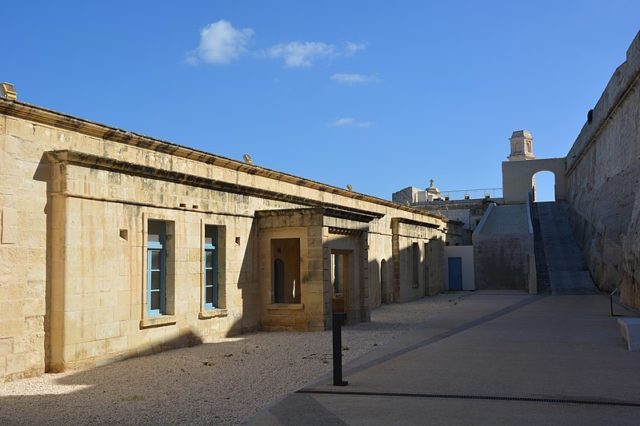
An exorcist was called. After the ritual, the Gray Lady reportedly disappeared before returning during World War II where, according to legend, she was responsible for saving numerous lives.
According to the local fishermen, she is not alone but walks alongside the ghosts of 16th-century Ottoman Soldiers.
